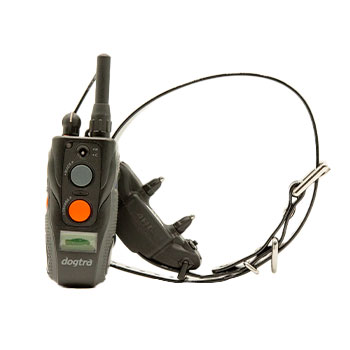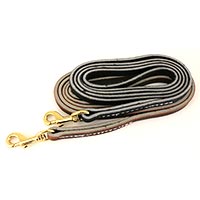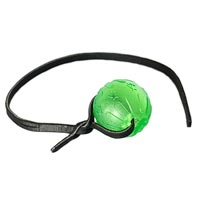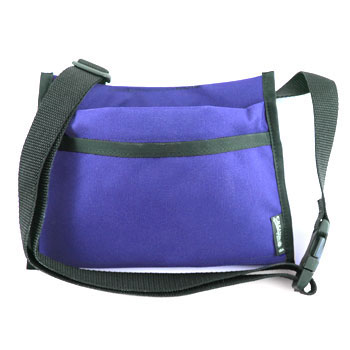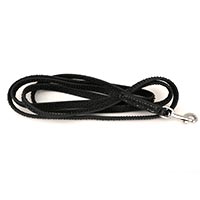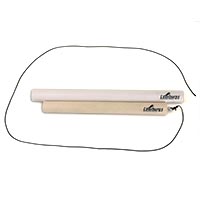May 11, 2011
We are unsure if our dogs understand that YES means they are released. They know it means a reward is coming but how do we know if they understand the release?
Full Question:
Hi Cindy, Ed & Michael,We bought 4 DVDs from Leeburg: The Power of Training Dogs with Markers, The Power of Training Dogs with Food, The Power of Playing Tug with your Dog and Focused Heeling and we found them to be very informative. We have watched the first two DVDs and we have a few questions for you, which we hope you will be able to clarify for us.
We use "Yes" to mark the behaviour and "Yes" to release the dog, as per your DVD. We have trained our dogs to do the touch command, by putting their paws on an object a short distance away (as shown in the Training Dogs with Food). We have progressed to the point, where we say the command "touch"; we make a slight gesture/movement towards the pad; then we stop and the dog continues on and puts his paws on the touch pad.
Now here comes the questions:
As soon as the dog puts his paws on the touch pad, we say "Yes" (marking the behaviour) Correct or incorrect?
As we would be standing a couple of yards away from the touch pad, do we say "Yes" as mentioned above and lure him off the pad, by saying "Yes" again? Correct or incorrect?
Or do we go to the dog on the touch pad, say "Yes" and reward him with a treat, lure him off and say "Yes" again? Correct or incorrect?
We are not sure if the dog realizes that "Yes" marks the behaviour and also, that it is a release word.
If the dog stays on the touch pad, and we circle him a little and he moves around on the pad, do we say "Yes" first and continue with "good" or just say "good"? Correct or incorrect?
Then, we lure him off the pad and say "Yes" again? Correct or incorrect?
If we are out in the fields walking the dogs off leash and we call their name and they turns towards us to come back, we say "Yes" and they run back to us and get a reward. They always do this, so they know/understand that "Yes" means a reward. But, as to whether, they understand that "Yes" is a release, we are not 100% certain; even though on the touch pad, when we lure with food and they follow our hand, we say "Yes" in that situation. We think it maybe just the treat that they are following, instead of understanding that it is releasing them from a position.
We hope that you understand what we are trying to say and that is it not too confusing for you. We have noticed a big difference in both our dogs (German Shepherd & Golden Retriever), they are much more fun and they want to be with us, which is marvellous. We await your reply so that we can continue our training with our canine friends!!
Many thanks,
Eamonn & Liz

 Cindy's Answer:
Cindy's Answer:
I believe the answer to ALL of your questions below are "correct."
Yes means keep doing what you are doing as well as meaning that you are free to access your reward (which equals a release), that may mean sitting, downing, standing, being lured off a touch pad, turning on a touch pad or running to me when I call. You use good to add duration to a behavior, like standing on a pad, or staying in a sit. When you say yes, the behavior is OVER and the reward is to be accessed. When you say good, the behavior is to be continued but you can still use food at first to reinforce the meaning of the word.
I believe you are trying to make this more complicated than it is.
Of course at first the dog is just following the treat, but with continued training and repetition comes understanding. It will all make more sense as you progress and watch the rest of the videos.
Cindy Rhodes
Yes means keep doing what you are doing as well as meaning that you are free to access your reward (which equals a release), that may mean sitting, downing, standing, being lured off a touch pad, turning on a touch pad or running to me when I call. You use good to add duration to a behavior, like standing on a pad, or staying in a sit. When you say yes, the behavior is OVER and the reward is to be accessed. When you say good, the behavior is to be continued but you can still use food at first to reinforce the meaning of the word.
I believe you are trying to make this more complicated than it is.
Of course at first the dog is just following the treat, but with continued training and repetition comes understanding. It will all make more sense as you progress and watch the rest of the videos.
Cindy Rhodes
100% (4 out of 4)
respondents found this answer helpful

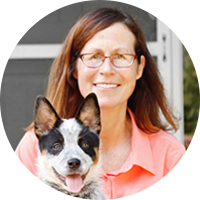
Can't find what you're looking for?



